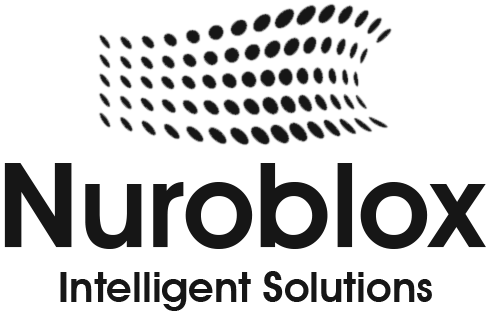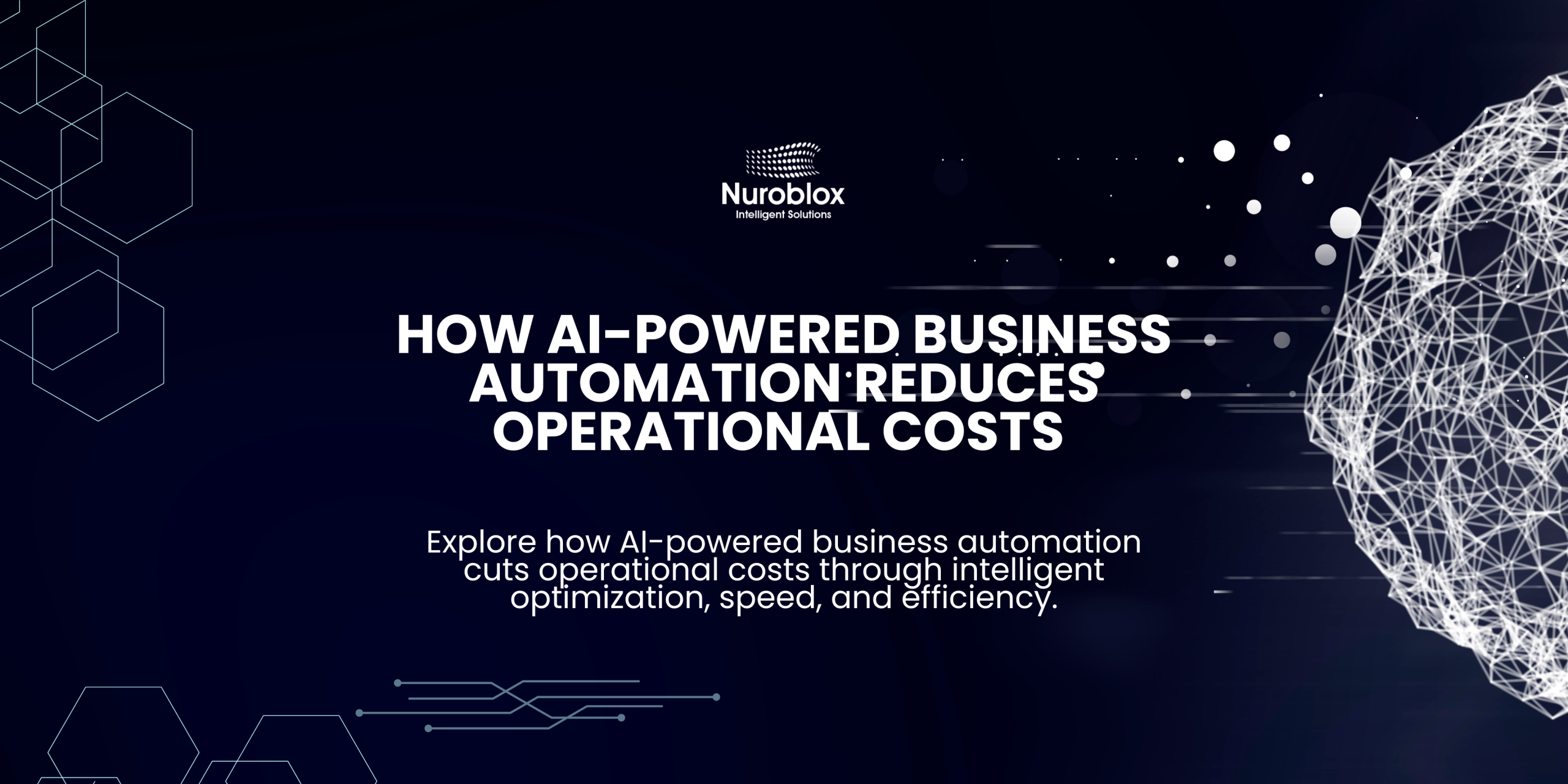How AI-Powered Business Automation Reduces Operational Costs
Bloated operational costs are no longer just a drag on profitability; they are an existential threat. The solution lies not in incremental improvements but in a fundamental paradigm shift: AI-powered business automation. This is not merely about automating repetitive tasks; it’s about deploying intelligent systems that optimize entire workflows, eliminate deep-seated inefficiencies, and unlock substantial, measurable cost savings.
The economic argument is undeniable. The potential economic impact of knowledge work automation is estimated to be between $5 trillion and $7 trillion by 2025. For businesses that successfully integrate these technologies, the return on investment (ROI) can range from 30% to as high as 200% within the first year.
The Financial Imperative for Automation
Enterprises are navigating a perfect storm of economic headwinds inflation, supply chain volatility, and intense market competition. In this environment, operational excellence is not a choice but a prerequisite for survival. AI-powered automation directly addresses this challenge by transforming cost centers into engines of efficiency.
Studies confirm the transformative impact. A McKinsey report highlights that generative AI and automation can save up to 60-70% of an employee’s time, contributing a staggering $4.4 trillion in value to the global economy annually. This isn’t just theoretical; 44% of business leaders have already reported reduced operational costs directly attributable to AI implementation. The data consistently shows that businesses leveraging Business Process Automation (BPA) achieve cost reductions between 10% and 50%.
Beyond Simple Tasks – How AI Radically Reduces Costs
True AI-powered automation goes far beyond the capabilities of traditional, rule-based systems. It introduces a layer of intelligence that dynamically adapts, predicts, and optimizes, leading to cost savings across multiple dimensions.
Slashing Labor and Development Expenses
The most immediate cost benefit comes from automating high-volume, repetitive work. By delegating tasks like data entry, invoice processing, and report generation to AI, organizations can reduce manual processing time by an incredible 60% to 80%. This liberates skilled employees from administrative drudgery, allowing them to focus on strategic, high-value initiatives that drive growth.
Furthermore, the rise of no-code AI platforms democratizes development, drastically cutting the expenses associated with specialized talent and long project timelines. On average, organizations save $187,000 annually by adopting no-code platforms, with 60% of companies reporting savings between $100,000 and $200,000 per year.
Eliminating Costly Errors and Compliance Risks
Human error is an expensive and unavoidable part of manual processing. AI automation executes tasks with near-perfect precision, leading to an 85% to 95% reduction in manual data entry errors. This enhances data integrity and prevents the costly rework and downstream consequences of inaccurate information.
In heavily regulated industries like finance and healthcare, the cost of non-compliance can be catastrophic. According to Deloitte, businesses that implement AI and automation solutions experience a 30% reduction in compliance costs. AI enforces standardized procedures and automatically generates detailed audit trails, fortifying governance. Organizations leveraging security AI and automation can also save an average of $1.9 million in the event of a data breach compared to those without such systems in place.
Optimizing Resources with Predictive Insights
AI’s greatest strength lies in its ability to analyze vast datasets and uncover predictive insights. This allows businesses to move from a reactive to a proactive operational stance.
- Supply Chain – AI can forecast demand, identify potential bottlenecks, and optimize inventory, preventing costly stockouts or overstocking.
- Predictive Maintenance – By analyzing equipment data, machine learning models can predict failures before they happen, minimizing downtime and extending asset lifespans.
- Financial Forecasting – AI-powered analytics help leaders optimize budgeting and resource allocation, cutting unnecessary spending.
Quantifying the ROI – AI’s Impact Across the Enterprise
The cost-saving benefits of AI automation are not confined to a single department; they permeate every facet of the organization, delivering a compounding return on investment.
| Department | AI Use Case | Measurable Cost Reduction & ROI |
| Finance & Accounting | Automated invoice processing, expense report validation, and real-time fraud detection. | Organizations report a 3x to 6x ROI within the first year, with a 70-90% reduction in document processing time. |
| Customer Service | AI-powered chatbots for 24/7 support, sentiment analysis for query routing, and automated resolution of common issues. | Gartner predicts AI will help contact centers cut operational costs by $80 billion, with intelligent agents resolving up to 80% of common issues autonomously. |
| Human Resources | Automating candidate screening, employee onboarding workflows, and handling common HR queries with virtual agents. | AI-driven automation significantly reduces the administrative load on HR teams, freeing them to focus on strategic talent management and employee experience. |
| Operations & Supply Chain | Real-time inventory monitoring, predictive maintenance, and autonomous coordination with suppliers to prevent disruptions. | AI-driven decisions can save manufacturers 10–15% in operating expenses by optimizing stock levels and preventing costly equipment breakdowns. |
| Software Development | AI agents assisting programmers with code generation, testing, and debugging, accelerating development cycles. | Studies show that AI agents can help developers complete tasks up to 126% faster, dramatically increasing productivity and reducing project timelines. |
The Next Frontier – From Automation to Agentic AI
The evolution of AI automation is leading to agentic AI autonomous systems that can reason, plan, and execute complex, multi-step tasks to achieve a goal. Unlike brittle scripts that only follow predefined rules, AI agents can adapt to new information, interact with different systems, and make independent decisions.
This represents a quantum leap in efficiency. Organizations deploying agentic AI report productivity improvements of 25-30% and see returns on investment ranging from 3x to 6x. For instance, in customer service, an AI agent can diagnose a customer’s problem, access billing and technical systems, and implement a solution without human intervention.

Successfully implementing AI automation for cost reduction requires a strategic approach rather than a purely technological one.
- Align with Business Goals – Start by identifying the most critical operational pain points and aligning AI initiatives with key outcomes like cost reduction, process speed, or compliance enhancement.
- Target High-Impact Processes – Begin with “low-hanging fruit” processes that are high-volume, repetitive, and rule-based, such as invoice processing or customer data entry to demonstrate quick wins and build momentum.
- Establish a Strong Data Foundation – The effectiveness of any AI system depends on the quality and accessibility of data. Ensure you have clean, well-structured data and robust governance policies in place.
- Embrace a Phased Implementation – Avoid a “big bang” approach. Roll out automation in phases, starting with a pilot project to measure impact, gather feedback, and refine the solution before scaling across the enterprise.
- Foster a Culture of Continuous Improvement – AI automation is not a one-time project. Create a culture where employees are empowered to identify new opportunities for automation and work collaboratively with intelligent systems to drive ongoing efficiency gains.
The evidence is clear: AI-powered business automation is the single most effective strategy for enterprises to slash operational costs in 2025 and beyond. It is the engine of a new kind of operational model, one that is not only more efficient and cost-effective but also more agile, resilient, and intelligent. The question for business leaders is no longer if they should invest in AI automation, but how quickly they can scale it to secure their competitive advantage.


